Oriental Spiritual Paintings
The Third Stop of the International Tour Exhibition
·Florence·
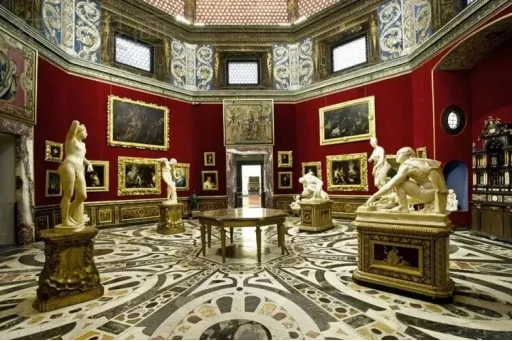
The Uffizi Gallery, located in Florence, Italy, is one of the oldest and most renowned art museums in the world. It is also the most famous and significant art museum in Florence.
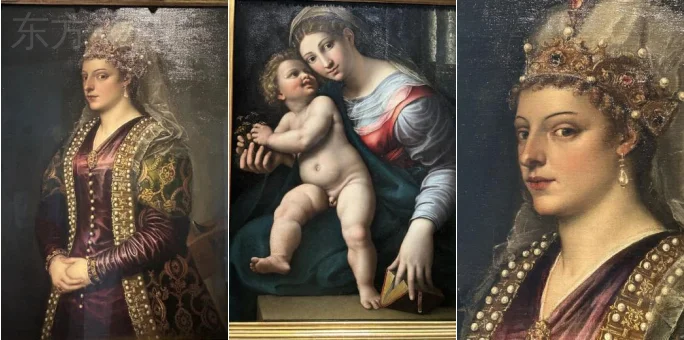
Historical Background
The Uffizi Gallery was designed by Giorgio Vasari and construction began in 1560. Initially, it served as the government offices for Cosimo I de' Medici, the Grand Duke of Florence.
Development: The gallery gradually became a venue for showcasing the art collections of the Medici family and was opened to the public in the 18th century.
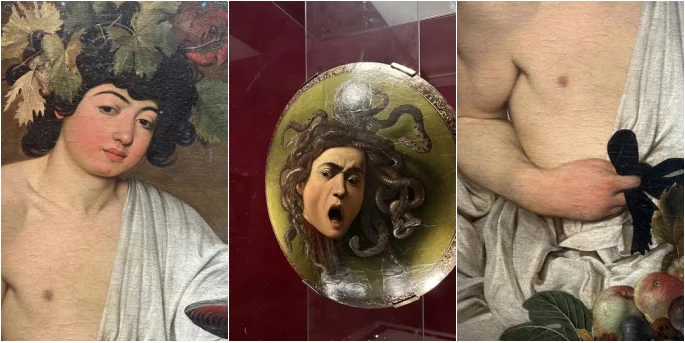
The collections in the museum
The exhibits in the museum are displayed on the top floor, while the sculptural works are exhibited in the corridors. The paintings are hung in the exhibition rooms according to the chronological order.
There are a total of 45 exhibition rooms in the museum: Rooms 2-6 showcase Gothic art; Rooms 7-14 display works from the early Renaissance period; Rooms 15-29 present works from the High Renaissance; and Rooms 30-45 feature more contemporary works.
Among them, in Rooms 10-14, there are Botticelli's The Birth of Venus and Primavera. Room 15 houses the works of Leonardo da Vinci, and the most famous one is The Annunciation. In Room 25, there is Michelangelo's The Holy Family, and Room 26 contains the works of Raphael.
What? The secret passage of the Medici family!
The Uffizi Gallery was originally the office building of the Medici family. In order to facilitate the family members to move freely between the office and their residence, the Medici family built a secret passage, known as the "Vasari Corridor". This corridor connects the Uffizi Gallery and the Palazzo Pitti, with a total length of about 1 kilometer, passing through famous landmarks in Florence such as the Ponte Vecchio. Nowadays, this corridor has also become part of the Uffizi Gallery, displaying a large number of self-portraits and other artworks.
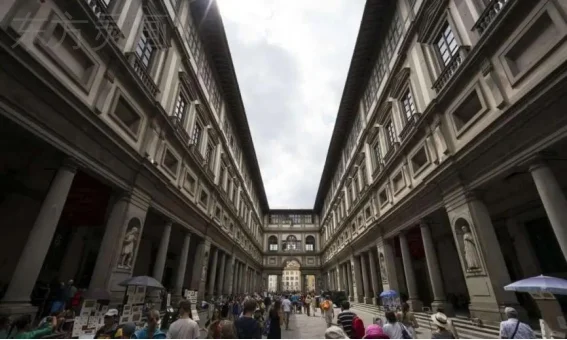
Appreciation of the Museum Collections
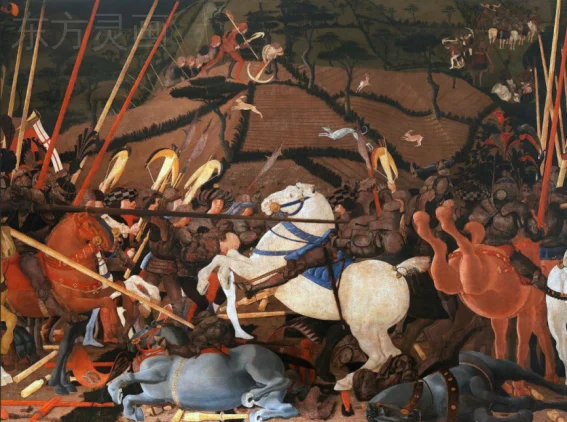
The Battle of San Romano is a masterpiece of tempera on panel by the Italian painter Paolo Uccello. This painting is set against the backdrop of the battle in 1432 when Florence defeated Siena. It vividly depicts the scene of Niccolò, the commander of the Florentine army, leading the soldiers in the battle. Uccello skillfully employed the technique of perspective to showcase the grandeur and intensity of the battlefield. However, the figures in the painting appear somewhat rigid.
There are currently two versions of this painting in different sizes, which are respectively housed in the National Gallery in the UK and the Uffizi Gallery in Florence. They are classic works for the study of perspective.

The Virgin and Child is an oil painting created by Fra Filippo Lippi between 1452 and 1464. In this painting, the Virgin Mary is depicted as a secular mother full of youthful charm. The background is a scene from daily life, rather than a solemn religious scene.
Lippi used smooth lines and delicate colors to depict the warm mother-child affection between the Virgin Mary and Jesus, filling the painting with a strong flavor of real life and human sentiment. This painting is an embodiment of the humanistic spirit during the Renaissance period, showcasing the artist's love for and attention to real life.
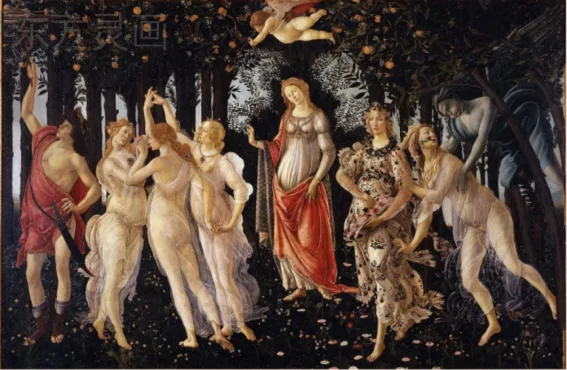
Primavera is an oil painting created by the Italian painter Sandro Botticelli in 1482, and it is currently housed in the Uffizi Gallery in Florence, Italy. The painting is set against the backdrop of the arrival of spring in ancient Roman mythology, depicting a scene where the gods gather together to celebrate the return of spring.
The composition of the painting is exquisite, the figures are elegant, the colors are rich and harmonious, and it is filled with a strong sense of poetry and a dreamy atmosphere. This painting is not only one of Botticelli's representative works but also a gem in the art history of the Renaissance period, having a profound influence on later generations.
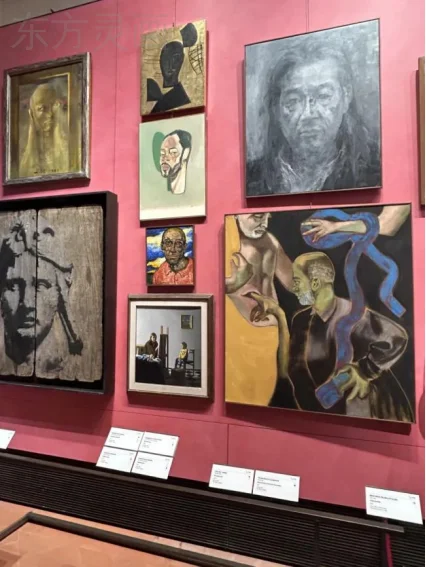
Appreciation of works
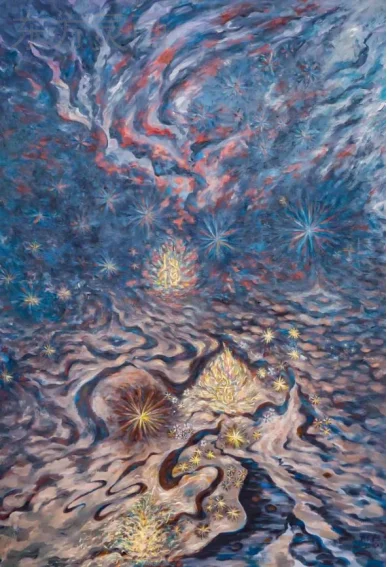
Material: oil painting on canvas
Specification: 160cm×110cm
Creation date:2016
(Currently in Italy)
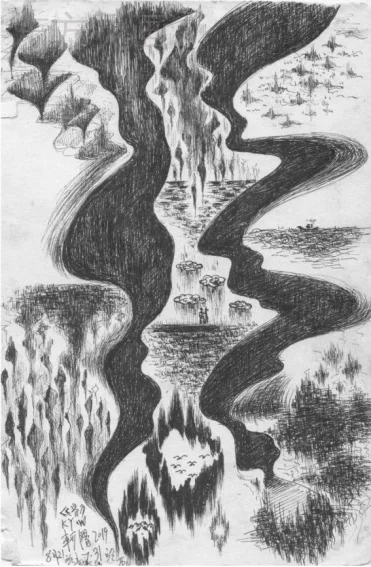
Material: pen sketch
Specification: 29.5×21cm
Creation time: 2019
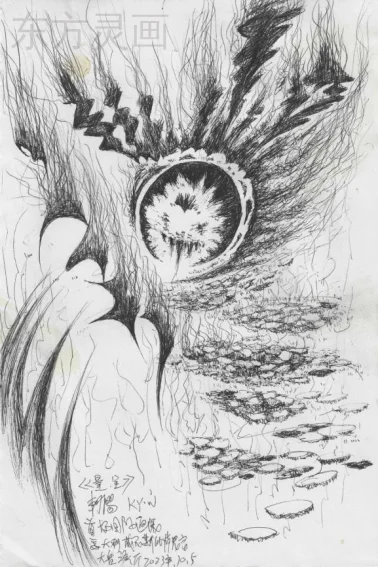
Material: pen sketch
Specification: 29.5×21cm
Creation date: 2023

Leave a Reply